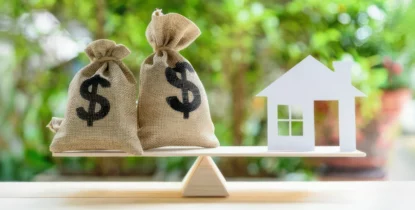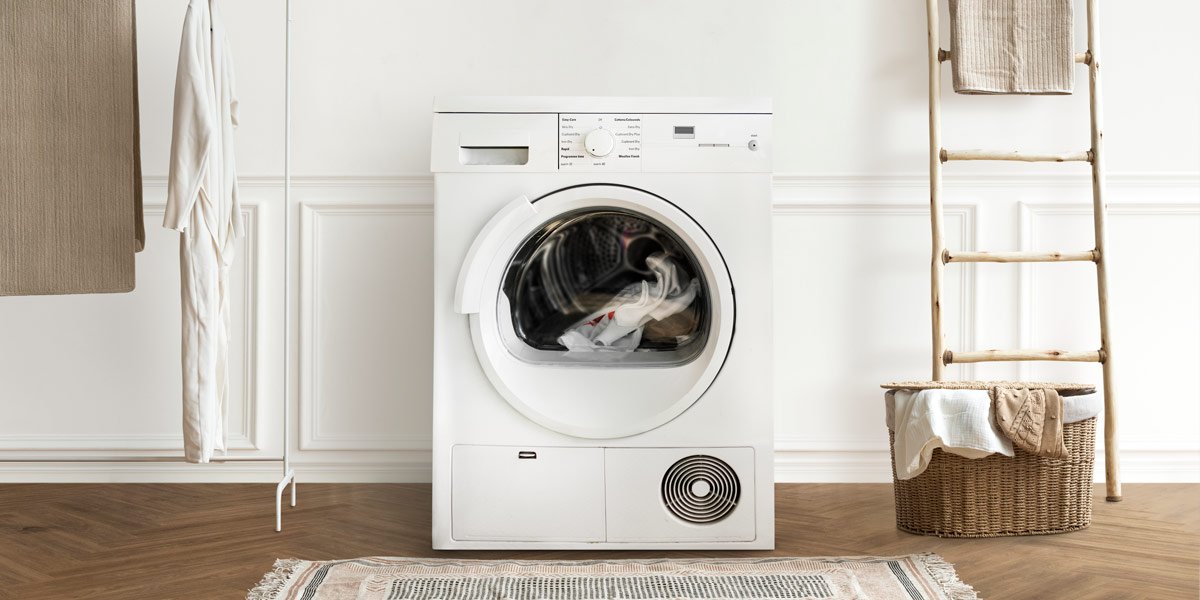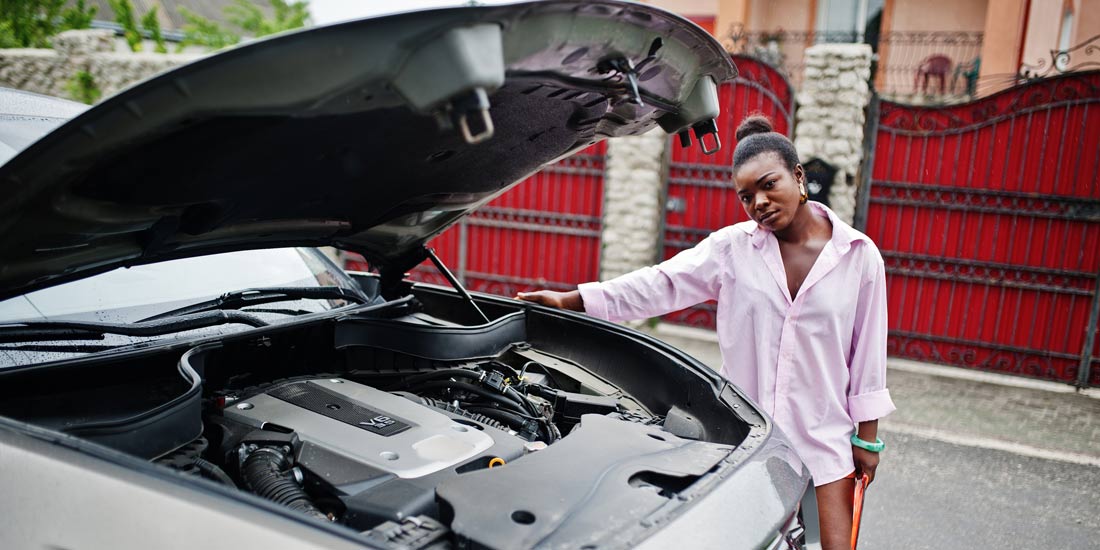
Home Improvement Loans with Bad Credit Scores
8 Min Read
Well, maybe you’ve heard about home improvement loans with bad credit but didn’t know how exactly it works and how you can finance your home improvement projects.
This small guide will help you see understand better secured or unsecured home improvement loans and qualify for one that better fits your needs.
- What are Home Improvement Loans?
- How Do Bad Credit Home Improvement Loans Work?
- What Credit Score is Needed for a Home Improvement Loan?
- Bad Credit Home Improvement Loans vs. Home Equity Financing: Key Differences
- How to Compare Home Improvement Loans with Bad Credit?
- How to Qualify for the Best Home Improvement Loans?
- How to Get a Home Improvement Loan With Bad Credit?
- Home Improvement Loan Alternatives for Bad-Credit Borrowers
- Bottom Line
What are Home Improvement Loans?
A home improvement loan is a financial product that helps you cover the costs related to home renovations. You can use it for the following purposes:
- Adding a new room;
- Repairing or replacing the roof;
- Renovating the kitchen or bathroom;
- Installing new windows or doors.
Banks and credit unions typically offer home improvement loans, but they’re also available through online lenders. The two main types of home improvement loans are cash-out refinancing and second mortgages.
Cash-out financing is a type of mortgage that allows the borrower to take some of the equity they’ve built up in their home and use it for other purposes. It works by offering a lump sum payout at the end of the term or a line of credit with monthly loan payments. The maximum or minimum loan amounts depend on the value of your house. Usually, lenders give you up to 80% of the value of your home.
Second mortgages are just like first mortgages, with lower interest rates. Some lenders allow you to take up to 90% of your home’s equity in a second mortgage. It means you’ll have two loans on your property: one for the amount you initially borrowed and one for your second secured loan. This personal loan is also suitable for your home improvement project.
How Do Bad Credit Home Improvement Loans Work?
Bad credit home improvement loans can help you pay for the things you need to fix up—from a new roof to a new kitchen. They let you borrow money and pay it back over time. Here’s how it works:
- You think about what you want to do with your house. Maybe you decided to replace the roof or add an extra room in the back.
- You talk to a lender about getting a home improvement loan for what you want to do (or ask them about their rates). The lender will look at your finances, including any other loans or debts you have, and decide whether they’ll give you money for this home improvement project.
- If they say yes, they’ll set up a repayment plan based on how much money they’re lending you. Also, you’ll pay the fees associated with processing the personal loan itself (like the origination fee).
- You’ll repay the loan until the repayment term is finished.
What Credit Score is Needed for a Home Improvement Loan?
You’ll need at least a 580 FICO score to get secured or unsecured loans for home improvement. If you have less than that, which is considered bad credit, don’t fret! You can still get approved with bad credit scores by applying through lenders that don’t have a minimum credit score requirement.
Your credit score indicates how likely you are to repay the loan on time and in full. The higher your score, the more likely you will be approved for a loan.
Can You Get a Home Improvement Loan With a 500 Credit Score?
You might be surprised to hear that the answer is yes. However, if your credit score is less than 600, there are some things you’ll need to consider before applying for a home improvement loan.
A bad credit score means lenders will see you as risky and charge you higher interest rates on your loan to offset that risk. You’ll also have to pay more up-front fees and a down payment because of your bad credit history. But if you’re willing to pay more and can afford it, we say go for it!
Bad Credit Home Improvement Loans vs. Home Equity Financing: Key Differences
A bad credit home improvement loan and a home equity loan are two popular ways to finance your next project, but they’re not the same. Here’s what you need to know about the differences between these two types of personal loans:
- Home improvement loans require a soft credit check that won’t affect your credit score, while home equity financing performs hard credit checks via major credit bureaus.
- The repayment terms of home equity loans can reach 15 to 20 years, but home improvement loans have shorter terms (up to 24 – 36 months).
- A home equity loan uses the value of your home as collateral, while home improvement loans do not.
How to Compare Home Improvement Loans with Bad Credit?
Comparing home improvement loans with a bad credit report can be tricky because so many variables are involved. Here are the factors you can’t miss:
APR: This is the annual percentage or interest rate you’ll pay on your loan. A lower APR means less interest over time.
Monthly payments: These are the installments you’ll pay every month. Choosing an unsecured personal loan with payments that fit within your budget and don’t cost too much at once is essential.
Repayment terms: How long will it take to repay your loan fully? Ensure this fits into your timeline and budget so that you don’t end up paying more than necessary in interest fees over time.
Funding times: Some financial institutions have too slow funding processes, making you wait days or weeks. Meanwhile, online lenders may provide you with bad credit home improvement loans within 24 hours of approval.
How to Qualify for the Best Home Improvement Loans?
Before qualifying you should know what lenders are available in your town or state. For example, some lenders may have no minimum credit score requirements while the majority will request your Social Security Number. However, all applicants must meet basic requirements to qualify. Check these common criteria to be completely informed before applying for such a loan:
- Have a steady income (either as an employee or self-employed, at least $1,000 per month);
- Have an active bank account;
- Have American citizenship or permanent residence.
How to Get a Home Improvement Loan With Bad Credit?
You first need to find a lender that offers loans for people with poor credit scores. But not all of them will have the possibility to work with you because of other factors (like debt-to-income ratio or payment history). For example, some lenders only offer loans for those with perfect credit scores (780 or higher), while others will work with you even if your score is below 600.
Once you’ve identified which type of lender is right for your situation, the next step is to apply online, in-store, or by phone. The loan request should include details about your income and expenses.
Once they receive everything they need from you, they’ll review the information and let you know whether or not they can approve your loan request. If everything goes according to plan, your request will be approved within several minutes or hours.
Home Improvement Loan Alternatives for Bad-Credit Borrowers
Don’t give up if you’ve been denied a home loan due to bad credit. There are plenty of other ways to get the financing you need to improve your home and make it more livable.
FHA 203(k) renovation loan
If you want to add on a room or two, build a new garage, or just update your kitchen, this loan could be a good option. An FHA 203(k) loan is backed by the Federal Housing Administration (FHA). It allows borrowers with less-than-perfect credit scores to finance home improvements through a single mortgage. A 203(k) loan works by refinancing your existing mortgage and rolling home improvement costs into the new mortgage.
FHA Title I Loan
If you’re considering buying a new house and need help paying for it, an FHA Title I loan may be your best option. The Federal Housing Administration (FHA) is part of the U.S. Department of Housing and Urban Development (HUD). In other words, you receive money directly from HUD instead of choosing a private or traditional lender.
FHA-approved lenders provide mortgage insurance for this type of loan. The amount you may get varies depending on your monthly paycheck. However, the maximum loan amount is $25,000 for a single-family home. Also, if people borrow up to $7,500, there is no need to put the home as collateral.
Family Loan
You can borrow from your family members with an interest or not and repay it with fixed monthly payments or a lump sum. It is called a family loan that can be closed with a loan agreement.
With a family loan, you can cover not only home renovations, but also another expenses or debts like buying a used card or paying a credit card debt. It is affordable because your potential lender may be a family member that better understand your situation and may offer a more flexible repayment plan. However, you should take care; don’t destroy your relationships with family because of a financial situation.
However, these loans have disadvantages, such as tax implications and no credit building. If the amount exceeds $17,000 and is interest-free, you must file a gift tax return. Plus, if you make monthly payments, the lender won’t report them at the credit bureaus.
Bottom Line
If you want to improve your credit score and get the best home improvement loans, we hope this guide has been helpful.
Getting a home improvement loan with bad credit can be tricky—but it’s not impossible! You just need to research and ensure you’re prepared for the process.
Apply for a home improvement loan with bad credit and make your home renovation project a reality!Apply



